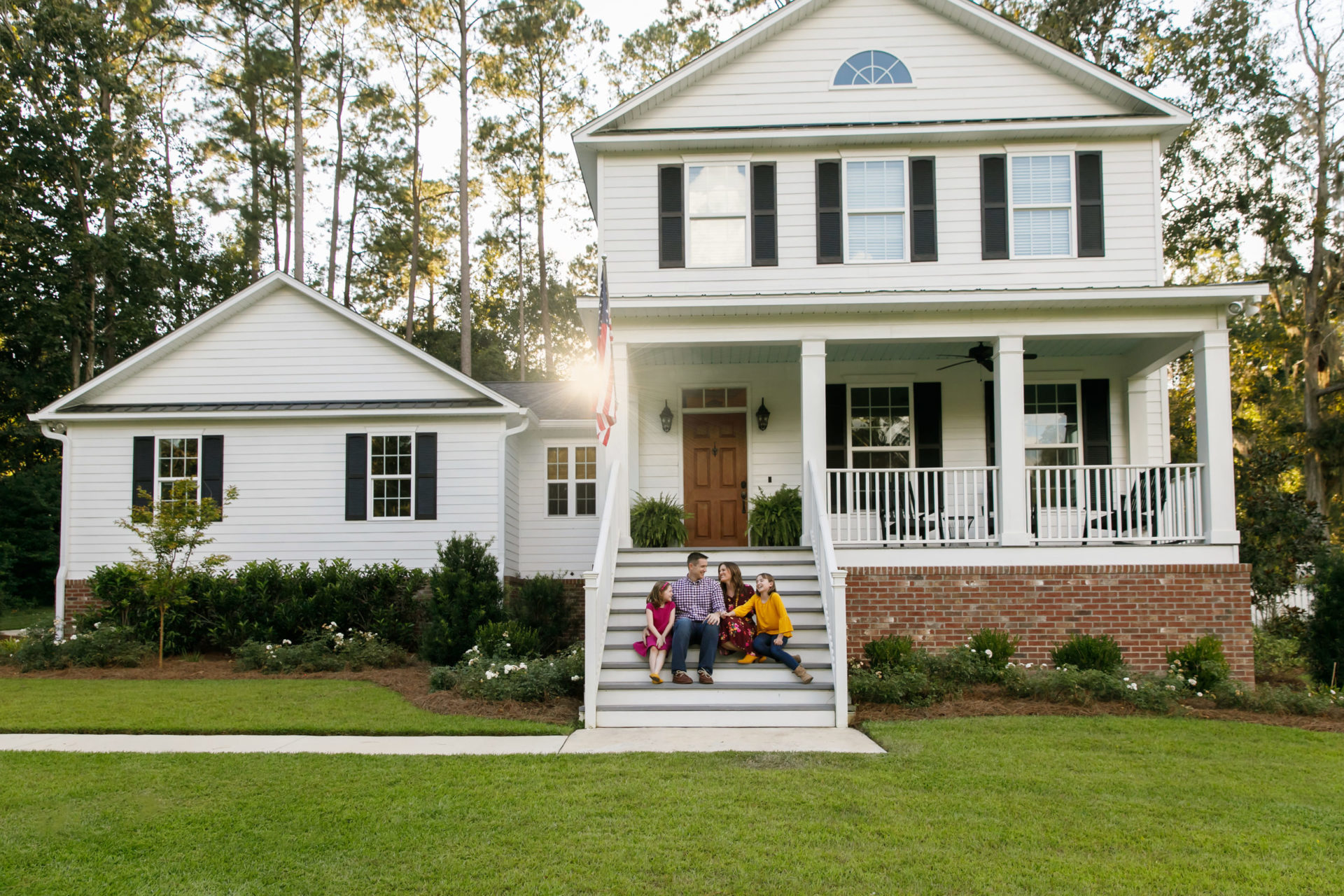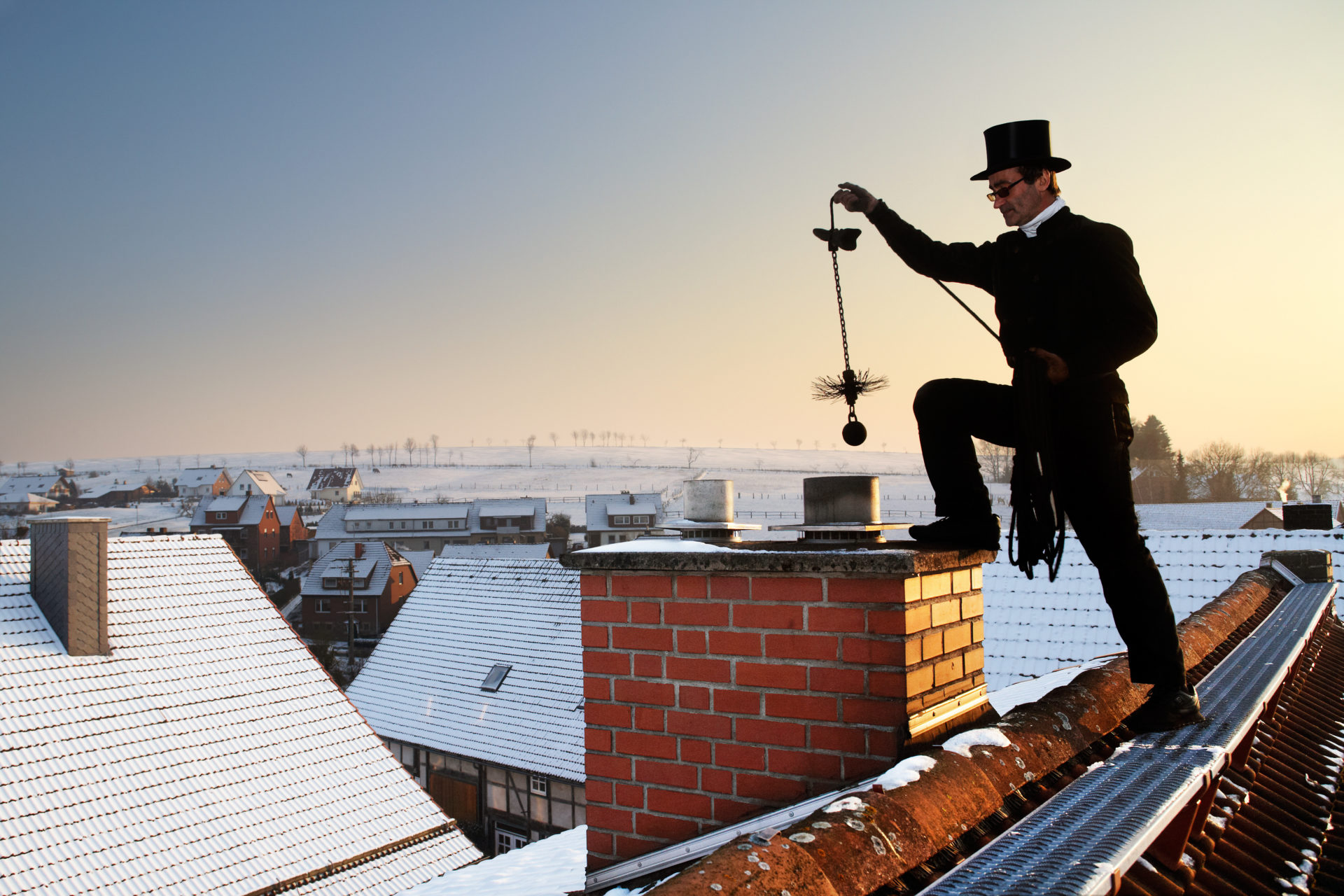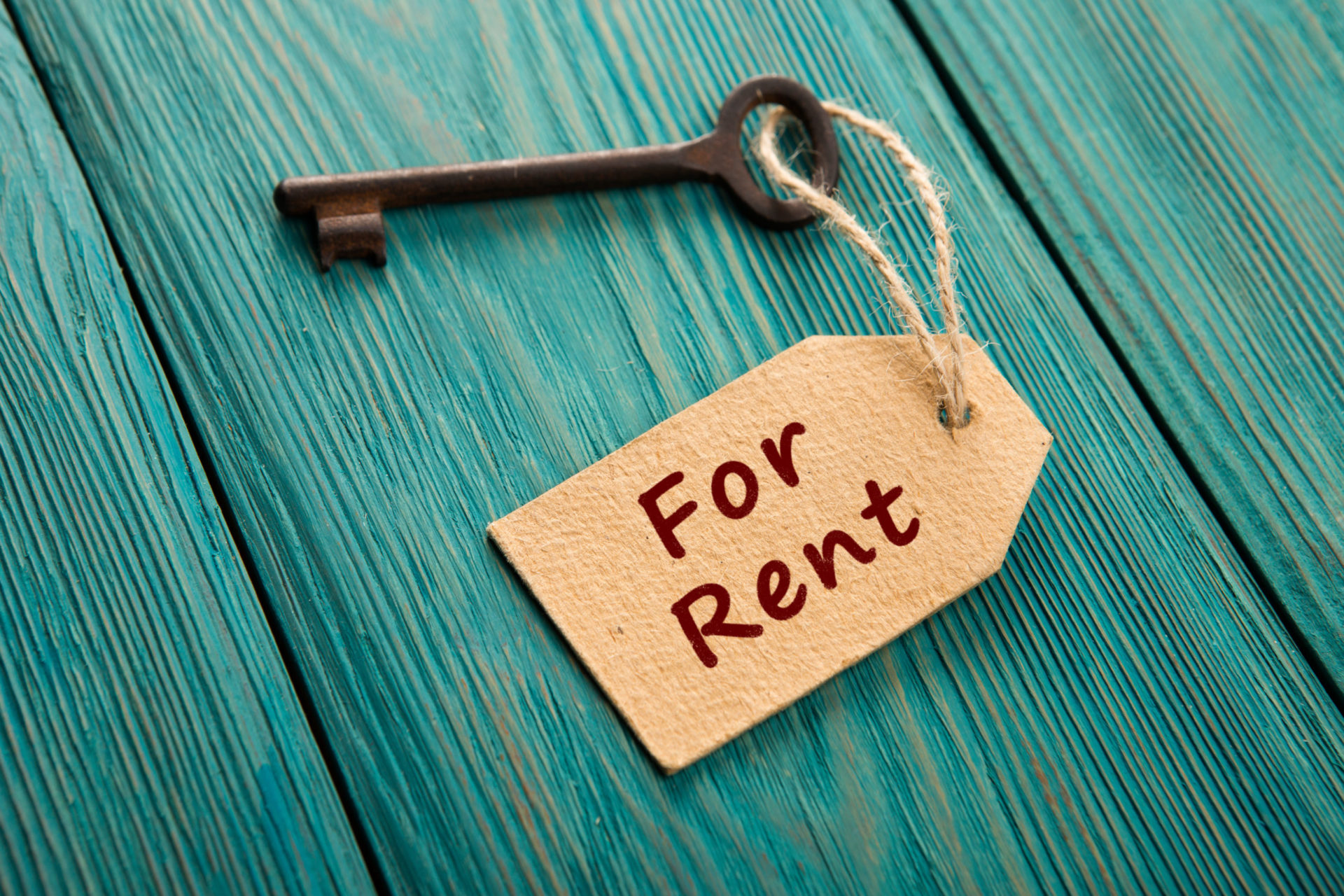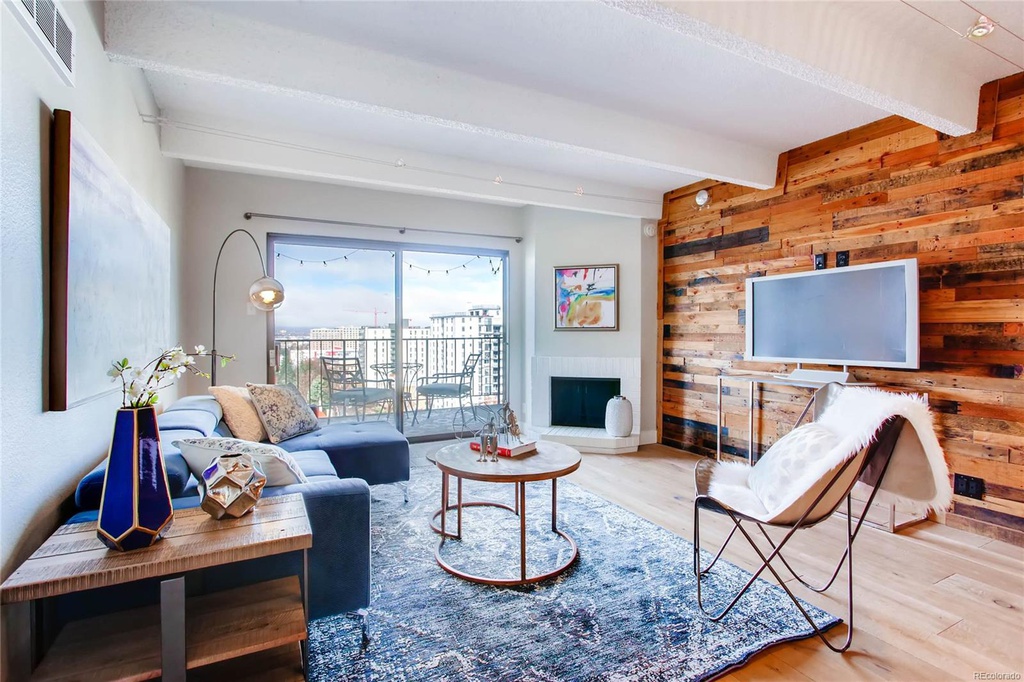
Understanding Hidden Costs: What it Cost to Buy and Own a Home
One of the biggest financial mistakes people make when buying a home for the first time is that they focus only on the property’s final price tag. Buyers should be aware that the final price of the house includes certain extra costs that need to be paid upfront or get rolled into the home loan.
Most of these costs are paid to third parties like realtors and attorneys. Before you buy a house, you must have an understanding of the additional costs so that the final price of the home does not come as a surprise to you.
We have examined a few hidden costs incurred by home buyers in detail. Most of them fall under closing costs, i.e. the last stage of home-buying (immediately before the keys are handed to the buyer).
Homeowners’ Insurance
Estimated Cost: Average cost is $1173 nationwide ($1383 in Colorado), but it can be as high as $3500 depending on the type of house, location, weather, and building materials.
This is a property insurance that covers payments for damages to the house and its assets. You may have to buy the insurance before closing on the home and pay the first year’s premium to show that insurance is in place. After that, annual premiums can be escrowed into the mortgage payment.
Home insurance cost depends largely on where you live. Homeowners who live in states that are more prone to natural disasters tend to pay more in home insurance. Florida is the most expensive state where home buyers pay over $3500 in home insurance. Additionally, home insurance varies depending on the value and size of the house. Buyers of single family homes typically pay more home insurance than condominium and townhome buyers.
Mortgage Insurance
Estimated Cost: $1000 – $4500 per year
Ideally, buyers have to make a down payment of 20% of the price of the house. Those who make a payment of less than 20% are required to pay private mortgage insurance. The cost varies depending on the size of the down payment and the buyer’s credit score, but typically lands between .55% and 2.25% of the original amount of the loan each year. Mortgage insurance protects your bank (or lender) in case you default on your loan and the lender has to foreclose on your home. Remember, mortgage insurance protects the lender (not the home-buyer) in case the buyer fails to pay the loan amount. Foreclosures can cost lenders around $40,000 – $50,000 including lost interest, attorney’s fees, insurance payments and potential equity loss.
Closing Costs
Estimated Cost: 2 – 5% of home price
Closing costs include a series of costs that buyers can get rolled into their mortgage and not necessarily pay upfront. They may also negotiate with the seller to cover some of these costs.
Here are the closing costs you can expect:
- Appraisal Fee
Estimated Cost: $400 to $1000.
An appraisal ensures that a fair market value of the house is established for tax purposes. In other words, appraisal is a written justification of the price of a property determined by the comparable sales of other homes in the area. The bank (or lender) needs the appraisal to ensure the property you are buying is worth the amount you want to borrow.
- Loan Origination Fee
Estimated Cost: 1% of the loan amount.
This is the fee home buyers pay for the initiation and completion of the home loan process. It includes underwriting, processing, and application fee and is paid to the lender. Lenders charge this fee to cover costs of organizing your documents, analyzing income, requesting information from employer, and authenticating your documents. The smaller the home loan, the more is the loan origination fee.
- Inspection Fee: This includes building inspection, sewer inspection and pest inspection. Conducting these inspections is more important if you are buying an old house.
Estimated Cost: Depends on the size of the house.
- Radon Test: Radon testing is the only way to know whether your home has high levels of radon, a radioactive gas that can cause health complications over time.
Estimated Cost: $150
- Home Inspection: According to the American Society of Home Inspectors, home inspections should include the examination of the following:
- Construction and structural flaws.
- Safety elements like fire alarms.
- Grounds, roofs, and exterior surfaces.
- Condition of attic.
- Interior plumbing and electrical system.
- Proper functioning of appliances.
- Heating and cooling systems.
- Condition of basement and garage.
Estimated Cost: $500+
- Sewer Inspection: You many consider sewer inspection as an afterthought but it is one of the most important inspections home buyers should conduct. This stands true especially if you are buying a house that is more than 20 years old. The inspection will suggest whether the sewer line is clean or clogged, verify the material used in sewer construction, and the overall condition of the sewer.
Estimated Cost: $150
- Pest Inspection: If the seller is not paying for pest inspection or if you doubt the quality of the inspection organised by the seller, it is a matter of due diligence on your part to conduct another pest inspection. Pest and termite inspections look for active pest activities in the house, past pest activities, signs of damage, and conditions that may make these activities more likely in the future.
Estimated Cost: $100 – $200
- Documentation Fee: When buying a house, you will need to hire a solicitor to prepare documents for you. While it is possible to do this on your own, first-time home buyers are recommended to get help from a solicitor for legal documentation. Preparing documents for taking out a loan and other paperwork requires a fee that may be covered by either the home buyer or the seller.
Estimated Cost: $50 – $60.
- Homeowners’ Association (HOA) Transfer Fee: HOA transfer fee is charged in communities that are a part of homeowners’ association. When a house in such a community is sold to a new owner, the community charges a transfer fee that includes the cost of document preparation for property transfer and distribution of documents related to the community’s rules and regulations. The HOA fee may vary depending on the location and size of the house and amenities like club, pool, or gym.
Estimated Cost: $200-$500.
- Property/Municipal Tax
Estimated Cost: 0.66% of the total price of the house, but may vary.
Ideally, the seller pays the property taxes from the beginning of the real estate tax year until the date of closing. The buyer should pay the taxes after the closing date. If the vendor has already paid the property and municipal taxes for the time period during which the buyer will be the owner of the house, then he/she has to pay the amount back to the seller at closing. In case, the seller has not paid the taxes, the buyer can ask to adjust his/her allocated share at the time of closing.
- Maintenance and Repair Costs
Estimated Cost: 3.6% – 4.5% of the purchase price of the house annually.
Apart from these, if you are buying an old house for the first time in Denver, for example, calculate the budget for home maintenance and repair costs too. From getting a fresh paint and fixing faulty faucets to mowing the lawn and replacing kitchen appliances, first-time home buyers in Denver can be caught off guard by several additional costs.
Conclusion
Your home will be one of the biggest purchases you will make in your lifetime. Knowing your financial options will make the process of home-buying easier. An understanding of these costs will help you finalize the purchase of your new house and prevent any unexpected costs later on. Consult an experienced real estate agent before you buy a house to understand the bifurcation of the costs home buyers usually incur.
TJC Real Estate has been your neighborhood Realtor since 2005. Our wide range of expertise ranges from first time home buyers and real estate investors to property management and commercial real estate. Just have a few questions? Call us, we are happy to help!
Brought to you by Sondra Lockett-Cameron, Marketing Manager for TJC Real Estate and Management Services.
TJC Real Estate & Management Services • 303.324.6988 • info@tjcrealestate.com
Your Neighborhood Realtors® Since 2005
© 2020
























